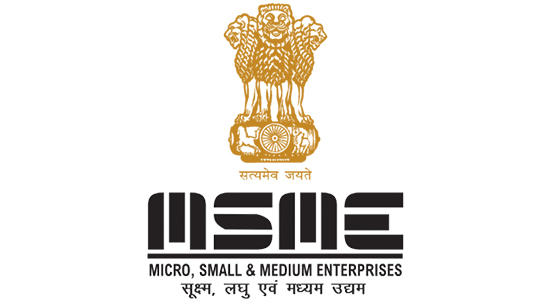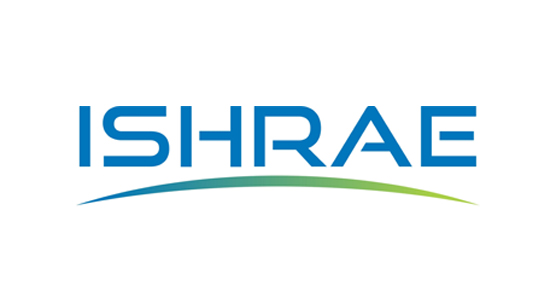Future Trends in Safety and Security: A Woman Leader’s Perspective

Rashmi Bhangale, Head Special Projects, Enterprise Security Platform, Jio Platforms Ltd. (Reliance Industries Ltd.)
Leveraging her expertise, Ms. Rashmi designs and implements innovative cyber-physical security solutions. This article delves into the future trends in safety and security, emphasizing how rapid technological advancements necessitate innovative responses to transform the security landscape.
Emerging Security Threats
Hyper-connected IoT Environments: As the Internet of Things (IoT) expands, so too does the attack surface for cyber threats. Homes, cities, and entire infrastructures will become increasingly connected, making them vulnerable to coordinated attacks that could disrupt everything from personal data to public utilities. While these networks offer extraordinary convenience and efficiency, they also present significant vulnerabilities. IoT devices, often lacking robust security measures, can serve as entry points for cyberattacks, potentially compromising personal and organizational data across a network of connected devices.
Sophisticated AI-driven Attacks and APTs: Future cyber threats will likely involve advanced AI systems capable of learning and adapting to security measures in real-time. An Advanced Persistent Threat (APT) is a type of cyberattack characterized by its long-term, stealthy nature, aimed at continuously monitoring and extracting data from a target often adapting to countermeasures and evolving with the security environment. APTs typically target organizations or nations for business or political reasons. According to FireEye, APTs have increased by 42% in the past year, targeting critical infrastructure sectors.
Deepfake Technologies and Information Warfare: The rise of deepfake technology could lead to unprecedented levels of misinformation, disinformation and manipulation, impacting everything from political elections to personal reputations in the form of malign influence operations. This type of risk poses significant challenges to both security frameworks and social trust.
Quantum Computing and Encryption: The advent of quantum computing presents a double-edged sword; while it offers powerful tools for data processing and problem-solving, it also poses a risk to all current encryption methods, potentially leaving every existing communication open to interception.
Innovative Responses to Modern Threats
Predictive AI Security: To combat sophisticated AI attacks, security systems themselves will need to leverage AI, utilizing predictive algorithms that can anticipate and neutralize threats before they materialize. These systems would continuously learn and adapt to new threats, staying one step ahead of malicious AI. According to the World Economic Forum, "AI enhances security systems by improving threat detection times and accuracy." For instance, in financial services, AI algorithms can monitor transaction patterns across millions of transactions to detect and flag fraudulent activities in real time, significantly reducing the incidence of digital financial crimes.
Advanced Biometric Systems: As personal identification becomes more crucial, biometric systems will evolve beyond fingerprints and facial recognition to more sophisticated measures like gait analysis and heartbeat recognition, offering more secure and less intrusive methods of verifying identity.
Blockchain for Enhanced Security and Privacy: Blockchain technology could be expanded to secure not just financial transactions but also personal data, healthcare records, and even voting systems. Its decentralized nature makes it resistant to the traditional forms of cyberattacks and could serve as the backbone for privacy-preserving technologies. For example, in supply chain management, blockchain enables transparent tracking of goods from origin to consumer, minimizing fraud and improving compliance.
Quantum Encryption: Quantum computing, a technology founded on quantum theory principles, explores the behaviour of energy and matter at the atomic and subatomic levels. This poses significant threats to traditional encryption methods, as quantum computers have the potential to break existing security protocols swiftly. To counter these threats, researchers are actively developing quantum-resistant encryption methods, such as quantum key distribution (QKD). This method not only secures communications but also has the capability to detect any interception attempts. These developments will be essential for protecting sensitive communications, particularly in areas like diplomatic and intelligence operations.
Cyber-Physical Systems Security: Cyber-Physical Systems (CPS) seamlessly integrate computational expertise with physical processes to fortify safety across numerous sectors. For example, the integration of IoT devices in critical infrastructure brings a dual layer of risk and efficiency. Enhanced security protocols specifically tailored for CPS will be crucial to mitigate threats that could disrupt both digital networks and physical operations. Gartner predicted that by 2025, 75% of cyber-physical system security incidents will result from inadequate management of IoT integrations.
Strategic Implementation
Regulation and Ethical Frameworks for AI and Deepfakes: Given the potential misuse of AI and deepfake technologies, establishing robust legal and ethical frameworks is crucial. A stringent regulatory approach will not only address the immediate risks but also shape the ethical deployment of AI, preserving societal trust and individual rights.
Privacy and Regulation Compliance: With the increasing occurrence of data breaches, adherence to privacy regulations like the GDPR (General Data Protection Regulation) has become critical for businesses globally. According to a survey by PwC, 87% of organizations regard GDPR as the top privacy standard over other data protection standards like CCPA (California Consumer Privacy Act) or Brazil's LGPD (General Data Protection Law) for enhancing consumer trust. These systems provide both security and transparency, giving users control over their data usage.
Democratization of Security: Security tools and technologies are becoming increasingly accessible, enabling smaller entities to match the defence capabilities of larger organizations. According to a report by Symantec Corporation, "Small businesses can employ affordable, scalable security solutions that provide robust protection without the need for extensive in-house expertise."
Securing Tomorrow: Envisioning a Unified Front in the Digital Age
PwC's 2025 Global Digital Trust Insights Survey reflects insights from over 4,000 executives and underlines the increasing importance of cybersecurity as a foundation of digital trust focusing on the necessity for robust security frameworks to address emerging digital threats.
The future of security is a complex interplay between cutting-edge technological advancements, stringent regulatory measures, and a broad societal impact. This will require a holistic approach, combining innovative solutions, rigorous policy frameworks, and international cooperation to forge a secure and inclusive global digital landscape. Embracing these challenges and opportunities with foresight and responsibility will define our journey towards a safer tomorrow.





.png)







